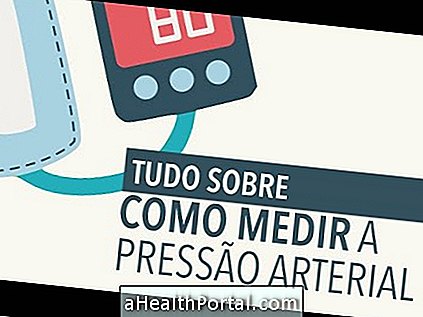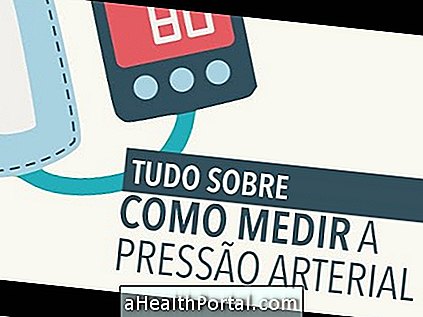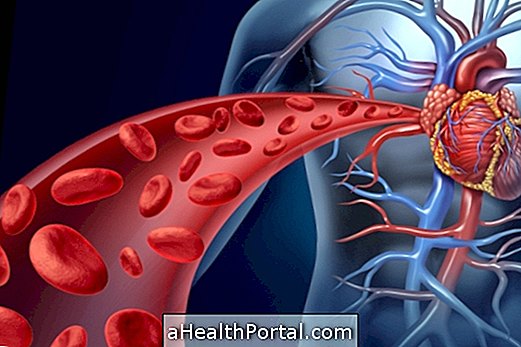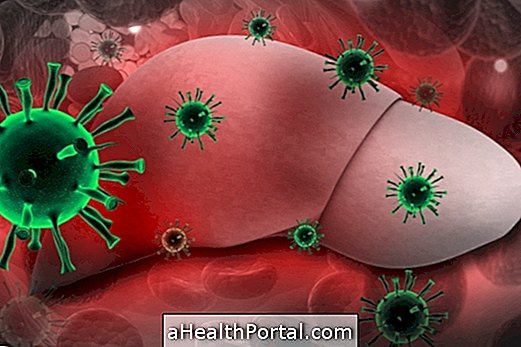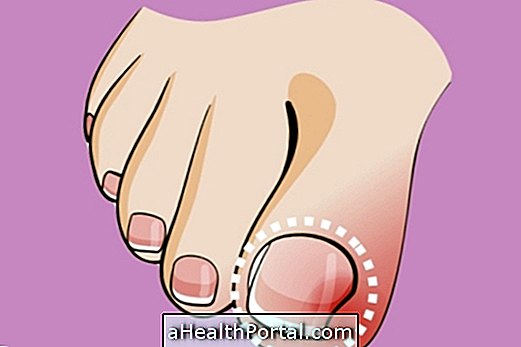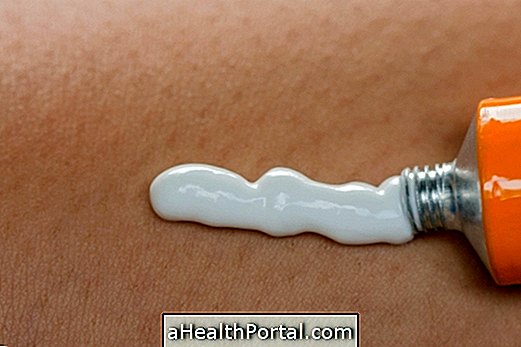Ventricular tachycardia is a type of arrhythmia that has a high heart rate. It can occur as a consequence of various heart diseases that damage the ventricles, and end up compromising the electrical conduction of the heart.
Symptoms of ventricular tachycardia
Symptoms of ventricular tachycardia may include:
- Accelerated heartbeat that can be felt in the chest;
- Accelerated pulse;
- Heart palpitations;
- There may be an increase in respiratory rate.
The individual with ventricular tachycardia almost always has palpitations. Prolonged or sustained ventricular tachycardia, which is when the heart reaches more than 120 beats per minute for more than 30 seconds, can be dangerous and often requires emergency treatment because blood pressure tends to fall and the patient may suffer from heart failure or cardiac arrest.
Treatment for ventricular tachycardia
Immediate treatment should be done with the "electric shock" on the chest of the patient with the use of a cardioverter defibrillator that must be operated by trained people. The patient receives a sleeping medication during the procedure, and thus, does not feel pain. It is a fast and safe procedure when performed by trained professionals, mostly doctors.
In addition, some venous medications may be used to reverse this arrhythmia if the patient does not present any instability, such as pressure drop, chest pain, tiredness.
Patients who are at high risk for new episodes may have a medical indication for implantation of an implantable cardioverter-defibrillator (ICD). This device is placed under the skin on a patient similar to a pacemaker implant.
